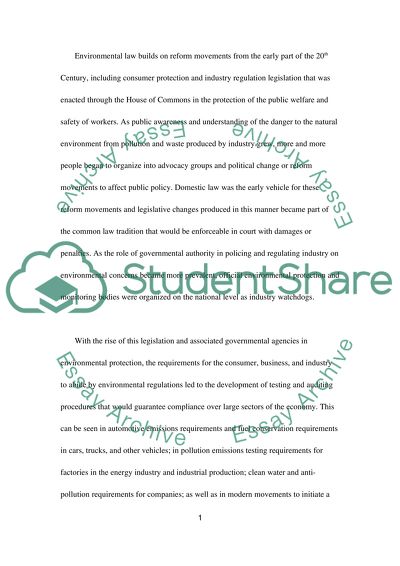Cite this document
(“Environmental law has led the development of environmental management Essay”, n.d.)
Retrieved from https://studentshare.org/environmental-studies/1428057-environmental-law-has-led-the-development-of
Retrieved from https://studentshare.org/environmental-studies/1428057-environmental-law-has-led-the-development-of
(Environmental Law Has Led the Development of Environmental Management Essay)
https://studentshare.org/environmental-studies/1428057-environmental-law-has-led-the-development-of.
https://studentshare.org/environmental-studies/1428057-environmental-law-has-led-the-development-of.
“Environmental Law Has Led the Development of Environmental Management Essay”, n.d. https://studentshare.org/environmental-studies/1428057-environmental-law-has-led-the-development-of.


